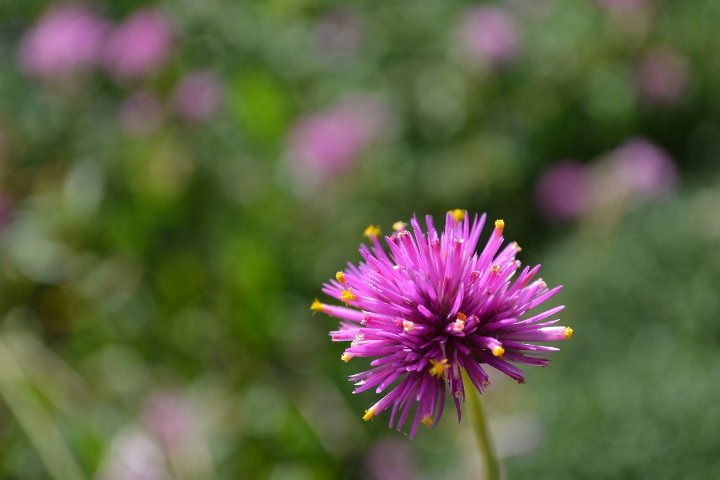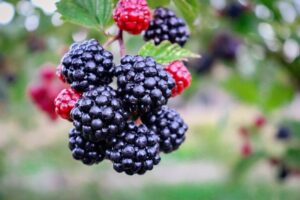Gomphrena, also known as globe amaranth, is a charming annual flower prized for its long-lasting, globe-shaped blooms that come in an array of vibrant colors.
Best Gomphrena (Globe Amaranth) Varieties
| Image | Name | Rating | Shop |
|---|---|---|---|
 | Gomphrena Globosa Flower Seed |  | |
 | Park Seed Strawberry Fields Gomphrena Seeds |  | |
 | David’s Garden Gomphrena Carmine Seeds |  |
Gomphrena Hardiness Zones
Gomphrena is versatile and can thrive in hardiness zones 2 to 11, making it suitable for a wide range of climates and growing conditions. Whether you live in a cooler northern region or a warmer southern area, you can enjoy the beauty of Gomphrena in your garden.
How Much Sun Do Gomphrena Need
Gomphrena thrives in full sun, requiring at least six to eight hours of direct sunlight each day to thrive. Plant them in a location where they can soak up the sun’s rays and bask in its warmth. Adequate sunlight ensures robust growth and abundant blooming throughout the growing season.
Gomphrena Soil Requirements
When it comes to soil, Gomphrena prefers well-draining, average to slightly sandy soil. Aim for a soil pH between 6.1 and 6.5 to provide optimal growing conditions for these beautiful flowers. Proper soil preparation ensures healthy root development and vibrant blooms.
Gomphrena Plant Spacing
Gomphrena plants typically grow to a height of 6 to 24 inches tall and spread 6 to 12 inches wide. When planting Gomphrena, space them accordingly to allow for adequate air circulation and room for growth. Proper spacing ensures that each plant has enough space to flourish and showcase its colorful blooms.
Gomphrena Temperature Requirements
Gomphrena grows best in moderate temperatures, preferring daytime temperatures between 65 and 75 degrees Fahrenheit. While it can tolerate a range of temperatures, it may struggle in extreme heat or cold. Aim to provide consistent temperatures within its preferred range to promote healthy growth and flowering.
Gomphrena Fertilizer Requirements
Gomphrena has modest fertilizer needs and typically requires fertilization once or twice during the growing season. Use a balanced fertilizer with equal parts nitrogen, phosphorus, and potassium to provide essential nutrients for healthy growth and blooming. Follow the instructions on the fertilizer package carefully to avoid over-fertilization, which can damage the plants.
Gomphrena Water Requirements
One of the notable characteristics of Gomphrena is its drought tolerance, making it an excellent choice for water-wise gardens. While Gomphrena can withstand periods of drought, it’s essential to water newly planted seedlings regularly to help establish their roots. Once established, Gomphrena typically requires minimal watering, thriving in dry conditions.
Gomphrena Humidity Requirements
Gomphrena prefers a drier climate and can thrive in low humidity conditions. Unlike some other plants that require high humidity levels to flourish, Gomphrena is well-suited to arid or semi-arid environments. This makes it an ideal choice for gardeners in regions with dry, hot summers.
Gomphrena Pests and Diseases
While Gomphrena is relatively pest and disease-resistant, it can occasionally encounter issues with aphids and flea beetles. Monitor your plants regularly for signs of pest infestations and take appropriate measures to control them, such as using insecticidal soaps or natural predators. Additionally, Gomphrena is a heat-loving plant that can develop fungal infections in cool, damp conditions. Ensure proper air circulation and avoid overwatering to prevent fungal diseases.
In conclusion, growing and caring for Gomphrena is a rewarding experience that allows gardeners to enjoy beautiful, long-lasting blooms throughout the growing season. By providing adequate sunlight, well-draining soil, and minimal water, you can cultivate healthy Gomphrena plants that add color and charm to your garden. With its versatility and resilience, Gomphrena is sure to become a favorite among gardeners of all skill levels.














